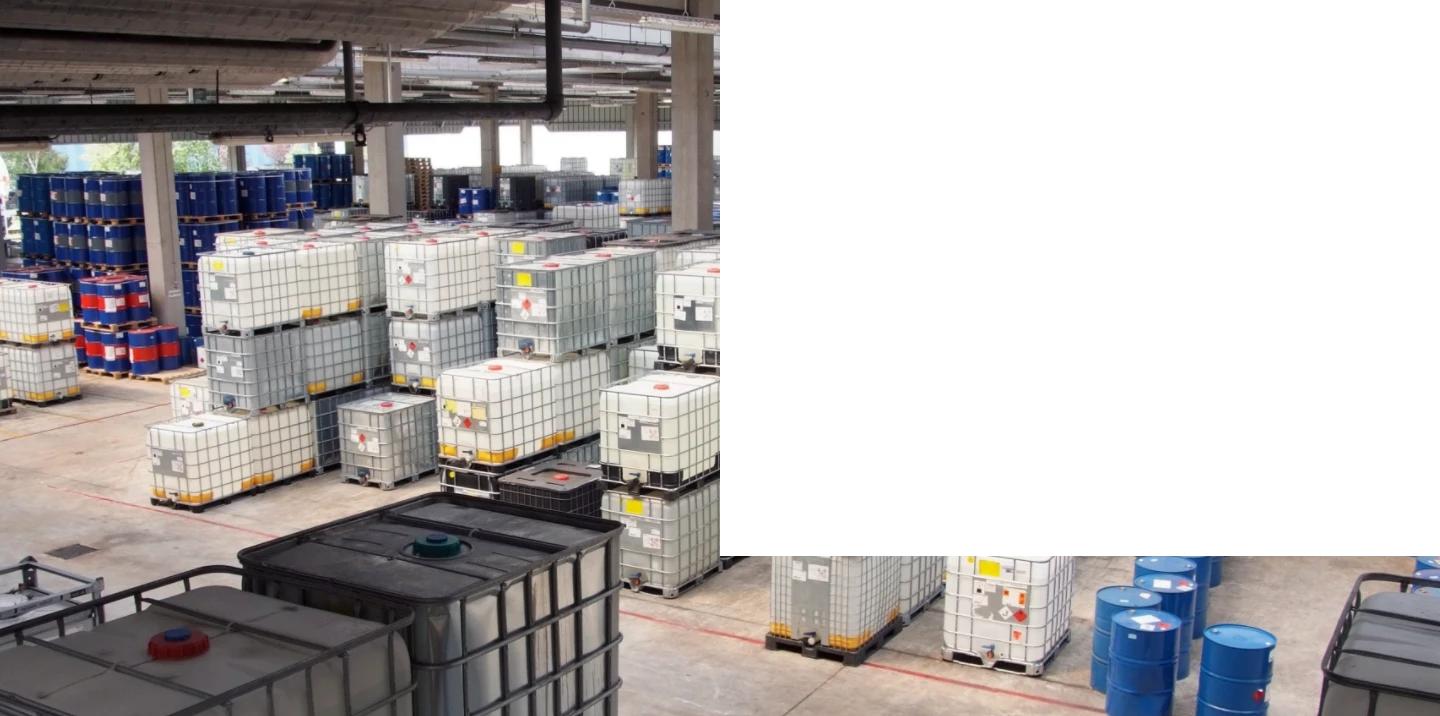



caustic soda 25
Understanding Caustic Soda The Versatile Chemical
Caustic soda, also known as sodium hydroxide (NaOH), is a highly versatile and essential chemical widely used in various industries. Its strong alkaline properties make it an invaluable substance for a range of applications, from manufacturing soap to water treatment. This article aims to provide an overview of caustic soda, particularly its properties, uses, safety measures, and environmental impact.
Properties of Caustic Soda
Caustic soda is a white, solid compound that is highly soluble in water, producing an exothermic reaction. This means that when it dissolves, it releases heat, which can be dangerous if not handled correctly. The solution formed is highly corrosive, capable of damaging organic tissue and various materials. With a pH level that can exceed 14 in its concentrated form, caustic soda is one of the strongest bases commonly used in laboratories and industrial processes.
Industrial Applications
One of the primary uses of caustic soda is in the manufacturing process of soap and detergents. The chemical is used in saponification, where fats and oils react with sodium hydroxide to produce soap. In addition to personal care products, caustic soda plays a crucial role in producing various chemicals, including sodium hypochlorite (commonly used as a bleach) and sodium carbonate.
Moreover, caustic soda is essential in the pulp and paper industry, where it is used to dissolve lignin, a component of wood that binds cellulose fibers together. This process, known as pulping, allows for the production of paper from wood pulp. Additionally, in the textile industry, sodium hydroxide is utilized in the bleaching and dyeing processes, enhancing the quality of the fabrics produced.
Caustic soda is also widely used in water treatment processes. It helps to neutralize acidity in water, improving its quality and making it safe for consumption. Furthermore, it is employed in the oil and gas industry for refining crude oil and for removing acidic contaminants from hydrocarbons.
caustic soda 25

Safety Measures
While caustic soda is a highly useful compound, it poses significant hazards if mishandled. It is crucial for industrial workers to wear appropriate personal protective equipment (PPE), including gloves, goggles, and face shields, when working with this chemical. In case of skin contact, it can cause severe burns and damage. Inhalation of the substance can lead to respiratory issues, making adequate ventilation essential in areas where caustic soda is used.
Proper storage of caustic soda is also vital. It should be kept in a cool, dry place, away from incompatible materials such as acids, as they can produce highly exothermic reactions. Emergency protocols must be established to address spills or accidental exposure to ensure the safety of workers and the surrounding community.
Environmental Impact
The environmental effects of caustic soda should not be overlooked. While it is an integral part of many industrial processes, its discharge into waterways can lead to severe ecological damage. High concentrations of sodium hydroxide can alter the pH of water bodies, adversely affecting aquatic life. Consequently, industries using caustic soda must implement stringent waste management strategies to minimize its environmental footprint.
Conclusion
Caustic soda is undoubtedly a chemical of great importance in our daily lives and various industries. Its multifunctional properties make it essential in the production of numerous consumer products. However, the handling and disposal of this chemical require serious attention to safety and environmental sustainability. Through responsible usage, we can harness the benefits of caustic soda while minimizing its risks, ensuring a safer and cleaner environment for future generations.
-
Why Sodium Persulfate Is Everywhere NowNewsJul.07,2025
-
Why Polyacrylamide Is in High DemandNewsJul.07,2025
-
Understanding Paint Chemicals and Their ApplicationsNewsJul.07,2025
-
Smart Use Of Mining ChemicalsNewsJul.07,2025
-
Practical Uses of Potassium MonopersulfateNewsJul.07,2025
-
Agrochemicals In Real FarmingNewsJul.07,2025
-
Sodium Chlorite Hot UsesNewsJul.01,2025










